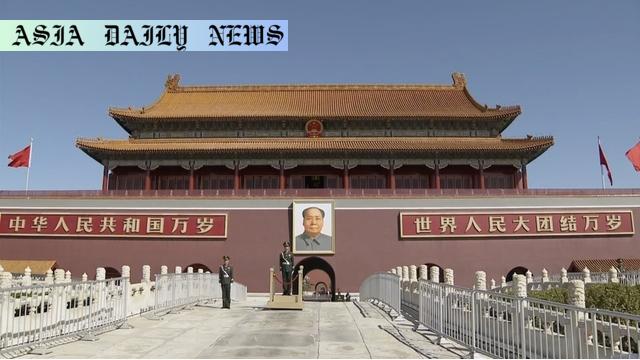Tariffs drive US-China trade tensions as Beijing hits back with additional duties of up to 15% on US agricultural goods.
- China imposes tariffs of up to 15% on US agricultural products including chicken, wheat, and soybeans.
- The retaliation follows a US escalation in tariff rates hitting Chinese goods with an extra 20% duty.
- Products targeted in this tariff battle are estimated to be worth $22.3 billion as per Japanese trade experts.
- Both nations remain locked in negotiations to prevent further escalation of trade tensions.

Escalation of Tensions in US-China Trade War
The ongoing trade war between the United States and China, two of the world’s largest economies, has reached a new high as China announced steep retaliatory tariffs on various US agricultural products. Starting Monday, Beijing imposed additional duties of up to 15% on imports such as chicken, wheat, and corn. Other staples like soybeans, pork, beef, seafood, and even fresh produce like fruit and vegetables now bear an extra 10% tariff. This decision serves as a direct response to the Trump administration’s sharp increase in tariffs on Chinese goods to 20%, effective as of Tuesday. The back-and-forth actions highlight a growing rift between the two economic powerhouses.
The Scope of the Tariff Battle
According to an estimate by the Japan External Trade Organization, products hit by China’s recent counteraction are valued at $22.3 billion. This is a notable rise compared to the scope of previously targeted shipments by Beijing. Earlier this year, in a similar move, China levied tariffs on US commodities, such as coal and liquefied natural gas, in reaction to a US-imposed 10% duty on Chinese imports. The tit-for-tat scenario continues, with escalating measures affecting critical sectors for both nations. While China’s agricultural tariffs aim to pressure the US, American farmers and exporters bear the brunt of these shifts, leading to significant turbulence in bilateral economic ties.
The Role of Negotiations
The immediate question looming over the trade conflict is whether these ongoing tariff escalations will push the respective administrations toward a negotiated settlement. Industry experts have warned of severe economic consequences should the situation continue to deteriorate. As both countries maintain high tariffs on billions of dollars of goods, the compounding effects could hinder global trade growth. Yet, there remains a faint glimmer of optimism as diplomats from both sides strive to bridge the gaps through focused negotiations. For now, the stalemate remains unresolved, and the world watches closely as developments unfold.



Commentary
Understanding the Wider Impacts of the Trade War
The trade war between the US and China is more than just a bilateral economic issue; it is a profound challenge to the global order. Any fluctuation in their trade policies reverberates across global trade networks, causing uncertainty for other nations and international markets. By imposing tariffs on US agricultural products worth over $22.3 billion, Beijing not only sends a strong message to Washington but also potentially disrupts the livelihood of American farmers and exporters. Agriculture is a deeply sensitive sector in the US, rooted in both economic and political significance, which makes China’s choice of targeting it particularly strategic.
The Complexity of Retaliatory Measures
China’s retaliatory tariffs reflect a calculated approach to counteract the Trump administration’s aggressive trade policies. However, such actions are not without consequence for the Chinese economy itself. Increased tariffs may drive up the cost of imports in China, especially for food staples like soybeans and pork, pushing the burden onto Chinese consumers. Meanwhile, American farmers face a loss of a lucrative export market, which further exacerbates domestic economic pressures and sows discord within the US political arena. Both nations have much to lose, and the economic domino effect is being felt globally.
Hope for Resolution Through Diplomacy
Despite the hard-hitting retaliatory measures, there remains hope for resolution. As diplomatic channels remain open, it is imperative for both nations to act swiftly in resolving their issues. A prolonged trade war holds no benefit for either side. Instead, escalating tensions further risks dragging other global economies into instability, as market volatility and uncertainty spread. Strategic compromises and collaborative approaches could avert long-term damages not just for these two economies but for the world at large. Ultimately, collaboration, not retaliation, may prove the most effective course of action moving forward.